Beyond term: Build security, growth, and liquidity under one strategy.”
Should You Buy Term and Invest the Difference?
The traditional “buy term and invest the difference” financial strategy of buying low-cost term life insurance and investing the difference in the stock market was created to replace the plan of buying expensive cash-value life insurance or permanent insurance.
Buy Term & Invest The Difference
Buying Term and Investing the Difference is NOT the Best Strategy.
If you don’t take action to avoid paying excess tax, you’ll likely be in for a rather unwelcomed surprise during your retirement years, which could result in living a lower lifestyle, or outliving your money.
No matter how you look at it, paying less in taxes means keeping more for yourself. In our opinion, you should take a serious look at a properly structured maximum-funded indexed Universal Life policy, or what we also call an IUL LSER Fund. This vehicle offers a powerful option for developing a tax-free retirement.
Disclaimer: Life insurance policies are not investments and, accordingly, should not be purchased as an investment.
Indexed Universal Life (IUL) Insurance: Growth and Protection in One Strategy
A properly structured and max-funded Indexed Universal Life (IUL) policy can offer a cost-efficient way to provide both a permanent death benefit and living benefits such as tax-efficient income and liquidity. Unlike direct stock-market investments, the cash value in an IUL is linked to a market index but is not directly invested in it, allowing growth potential while protecting against market losses (Securian Financial). This structure has made IULs increasingly popular for estate and business planning because they combine flexibility, tax advantages, and long-term protection (Morehead Group).
When properly designed, an IUL can serve as a modern variation of the classic “buy term and invest the difference” approach—helping individuals build a self-insured strategy within a tax-preferred framework (North American Company for Life and Health Insurance). It’s important to note that policy performance depends on careful structuring, realistic assumptions, and ongoing management (Due Diligence Works).
Disclaimer: Life insurance policies are not investments and, accordingly, should not be purchased as an investment.What’s an IUL LSER Fund Solution
-
In a max-funded IUL, liquidity refers to your ability to access the cash value of the policy while it is in force. Unlike some investments that lock up money for years, a properly structured IUL allows policyholders to take loans or withdrawals from the cash value for emergencies, opportunities, or lifestyle needs—without losing the death benefit. This means your money isn’t just sitting there; it can work for you when you need it most.
-
The safety of a max-funded IUL comes from its design: although your cash value is linked to a market index, it is not directly invested in the market. This means you participate in market upside but are protected from market losses by a guaranteed minimum floor (usually 0%). Your principal cash value won’t decrease due to stock market downturns, giving you a level of safety not found in traditional market investments.
-
The rate of return is the growth your cash value earns over time. In a max-funded IUL, this is typically indexed to a market benchmark, like the S&P 500, with a portion of the market gains credited to your policy. Historically, these strategies have produced average annual credited rates of 5–10%, depending on the index, caps, and participation rates. The growth is tax-deferred, allowing compounding to occur without annual taxes eroding the gains.
-
ne of the most powerful features of a max-funded IUL is tax-free access to your cash value. When structured correctly, you can take policy loans or withdrawals that are generally income-tax-free, unlike withdrawals from traditional retirement accounts. This allows you to use your money for retirement, emergencies, or opportunities while preserving your wealth and minimizing taxes.
Choose Safety
Imagine reaching retirement with the confidence of knowing your money is still growing, even while you’re using it. With the right tax-free strategies, every $1 million saved could create $70,000–$100,000 of annual income—without depleting your nest egg. That’s how smart, predictable, and secure wealth-building should feel.


